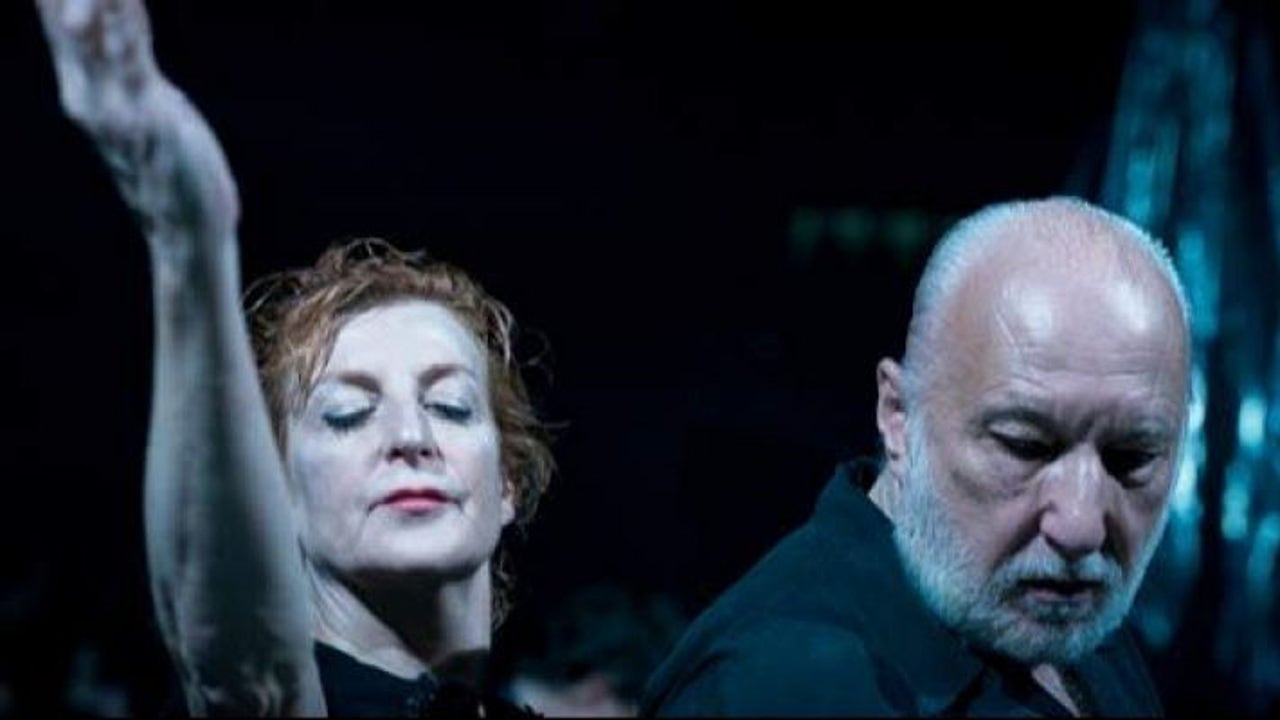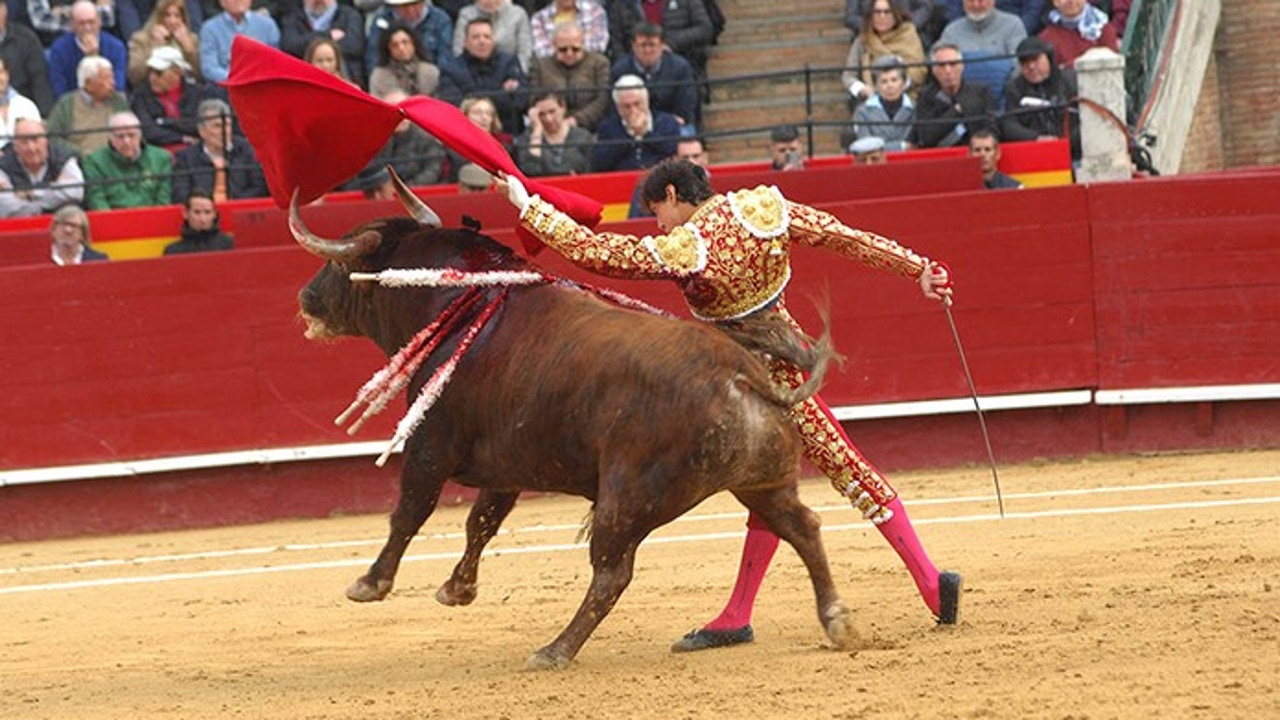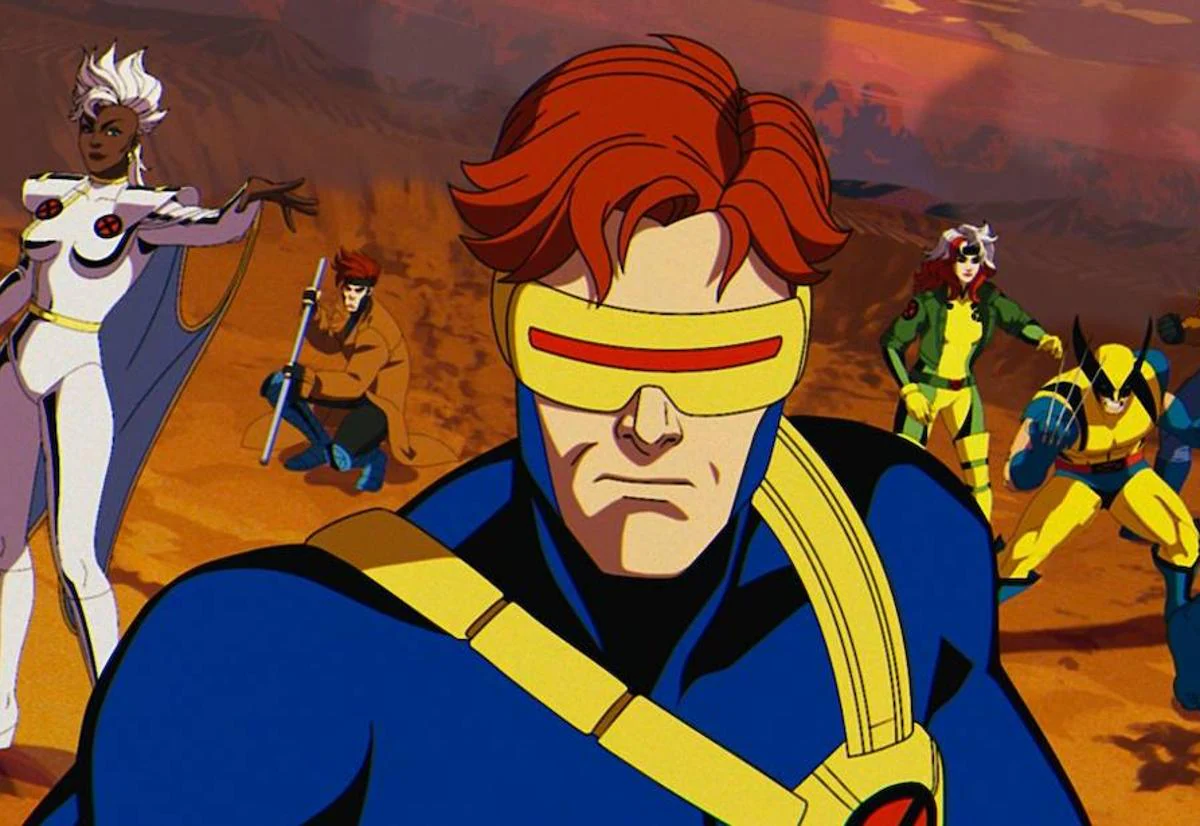Die Stan Lee, creator for Marvel de Hulk, Spiderman and The Fantastic Four | Culture


Stanley Martin Lieber has died at the age of 95, his daughter reported to the US portal TMZ. I dreamed of writing the great American novel. That's why, when he was commissioned with comics about monsters, models and cowboys, he decided not to stain his name and sign with the pseudonym Stan Lee. That young man from the Bronx never became a novelist. His smiling alter ego, however, not only transformed the emerging comic book industry, but also wove a new pantheon of deities into the entertainment industry. Spiderman, X Patrol, Avengers, Daredevil or Dr. Strange are some of the heroes that plagued the Marvel universe, but his greatest creation was the character of Stan Lee. Your image and way of communicating they were iconicHe had dozens of credits as an actor and had created dolls that reproduced his image. This Monday he died at his home in Los Angeles. His life was based until the last minute on a purpose: "I just want to have fun."
Born on December 28, 1922 in New York, Stanley's interest in fantasy as escapism seems to come from a psychology book. After the Great Depression, his father, a Romanian immigrant, only found sporadic jobs. In his one-bedroom apartment, the fights were constant. Lee, an outgoing Peter Parker, took refuge while in the Errol Flynn films, reading and improving his dialectical skills.
His teenage jobs were varied: he wrote obituaries for the National Tuberculosis Center, sold jeans and was an usher on Broadway. Everything changed when his uncle invited him to the offices of his publisher, then Timely Comics. Lee did not know anything about comics, but the task was clear: "Can you give him a commission?" Joe Simon, editor-in-chief about to launch Captain America, hired him instantly.
The most outstanding works
- The Fantastic 4 (1961-72)
- The incredible Hulk (1962-68)
- The mighty Thor (1962-72)
- The amazing Spiderman (1962-1984)
- The Ant Man, Tales to Astonish (1962-65)
- Strange Doctor, Tales of Suspense (1962-70)
- The Avengers (1963-66)
- The X-Men (1963-66)
- Nick Fury and the Howling Commands (1963-66)
- Daredevil (1964-69)
- Silver Stele (1968-70)
- The Captain America (1968-70)
In months, the young man went from cleaning ashtrays to stuffing sandwiches for the heroes of World War II. Lee enlisted in the Army after the Pearl Harbor attack. His first creation was Destroyer, a super-powerful anti-Nazi doctor. At 19 he was already editor in chief, but monsters and terror did not motivate him; he still wanted to develop his ideas in literature. An order from his bosses in Marvel filled his patience: copy the JLA, group of Superman and Batman in the rival DC. "We want more action and less dialogue." After a decade, I was determined to give it all up. But his wife, who survives him, stopped him: "Develop your comics with your ideas What will they do, say goodbye?" It was time to remove the shackles. On August 8, 1961, the Fantastic Four arrived on the shelves and everything changed.
The quartet, created with Jack Kirby, was the opposite of what they had asked: a family of astronauts with powers that did not wear disguise. His personal problems occupied as many vignettes as fights. Also, they lived in very real New York. Without knowing it, the seed of the Marvel universe was planted. Soon the anthologies of monsters and models were replaced by imperfect heroes like Hulk, Thor, Spiderman, Iron Man or The Avengers, where Lee recovered Captain America from Simon and Kirby as a misplaced hero. His message went beyond fights. Lee was the first to transfer to the comic issues such as drug addiction or to present black superheroes such as Falcon or Black Panther. Even Federico Fellini or Alain Resnais stopped to visit the New York offices.
Lee wrote and controlled dozens of monthly titles, so he also designed a method eternally surrounded by controversy. He wrote the plot for cartoonists such as Kirby or Steve Ditko, who were responsible for mounting the pages. Then, the work returned to The Man, who filled in the dialogues. It was never clear where each one's work began and numerous cartoonists broke their relationship with Marvel by feeling unfairly treated. 4F, for example, was the most inventive title, but the versions about who put the germ differ. There the Marvel mythology was woven with grandiloquent concepts, recondite galaxies and characters like Silver Stele. Kirby increasingly needed less direction and Lee inhibited his unbridled creativity to develop concepts that presented each number.
Meanwhile, Lee shunned controversy and did not talk about the accusations Kirby and heirs. It was the face and the message of Marvel, the mail responded and narrated the drawings on TV. The headers read "Stan Lee presents". Vitalist and enthusiastic, the scriptwriter told the same stories to his fans, always with a dramatic and passionate cadence propped up with rubber bands like "Excelsior! ". Behind his unmistakable gray mustache and dark glasses, it was difficult to differentiate the person from his excessive caricature.
In 1972 he stopped being editor in chief to inherit the title of editor of his uncle, which he held until 1996. Although he did not stop for the bullpen Marvel, was a celebrity, the icon of the comic that had aroused the passion of authors and filmmakers. There was only one thorn left: reach Hollywood.
Kevin Smith, one of his fans, was the first to take advantage of his cinematic vein, by transforming him into a wise mentor in Mallrats. But it was the colonization of Hollywood of his characters that gave him a second life in the spotlight. His dozens of cameos on screen were the most expected by the followers, so they were winning minutes: since its appearance among the crowd in X Men until sneaking into the poster of Deadpool or interpret the postman from The Fantastic 4 After decades of film failures and a blip with Marvel, there was no one more enthusiastic selling the movies than Lee, turned into the most powerful producer in history. His funny cameos led him to sneak into other people's projects Princess for Surprise 2, Big Bang Theory Y The Simpson. He even presented a reality show in search of real superheroes.
Lee never stopped writing, both on specific projects with Marvel and developing products of questionable quality as Stripperella, a superheroine with voice of Pamela Anderson. He founded his production company and went to his office every morning. In 2015 he released his autobiography in cartoons and months later he premiered the teleserie Stan Lee's Lucky Man. Although his label was already more brand than creativity, he was still the most awaited guest in the comic conventions multiplied by the world today. I could not take a step without a photo. He had seen this cultural movement emerge from nowhere. It was him patriarch out of time. Of course, still answering with bold any doubt about who was stronger, if The Thing or Galactus: "Depends on the writer."
50 years after give up his dream, I recognized him: "I would not have patience as a novelist. I sat for seven hours and finished the comic that day. It was the greatest pleasure. I have nothing left to do but if I retired, I just want to write. "











